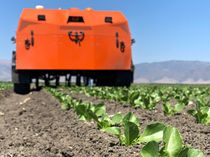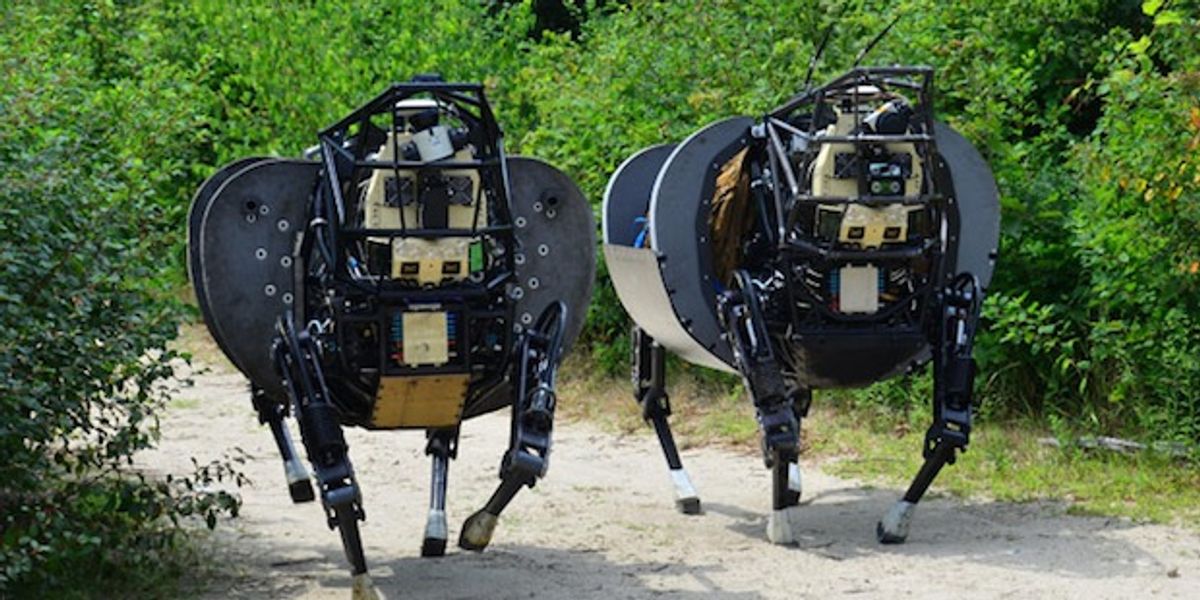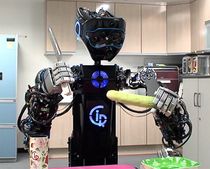Harvey
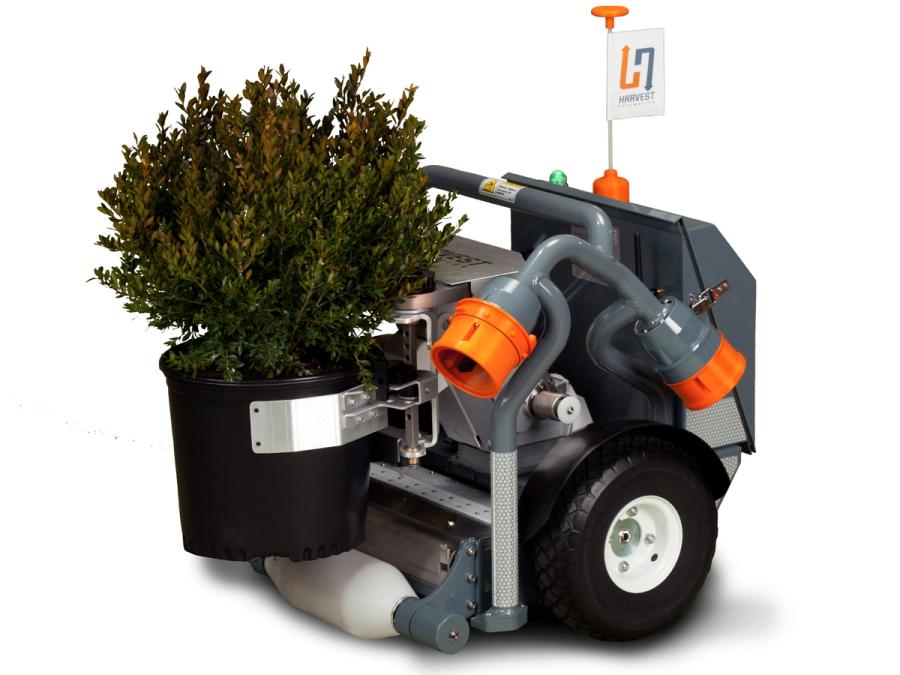
Harvey is a small mobile robot designed for use in nursery and greenhouse facilities. It can autonomously locate, transport, and organize potted plants both inside buildings and on outdoor fields.
- Creator
- Year
- 2012
- Country
- United States 🇺🇸
- Categories
- Features
Did you know?
Harvey is actually named HV-100, but it prefers to be called Harvey.
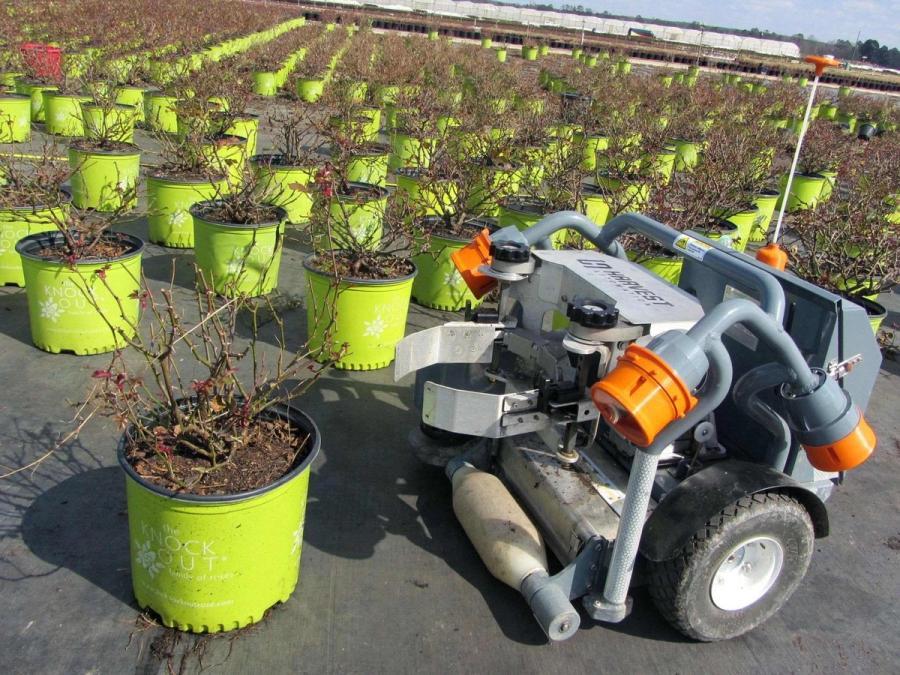
History
In 2006, Joe Jones, Charles Grinnell, Paul Sandin, and Clara Vu founded a new company, initially called Q Robotics, later renamed Harvest Automation. They spent the first months searching for critical business issues that could be addressed with robotics. The founders discovered a compelling application on a visit to an agricultural trade show in 2007. More than 2 billion potted plants are sold annually in the United States, and almost all require repeated handling on growing beds. The handling requires labor that is scarce and difficult to manage. After building a prototype, the group secured VC funding and developed the product: a fleet of Roomba-like wheeled robots capable of moving plants fully autonomously. In the summer of 2012, they started delivering the first working robots to customers.
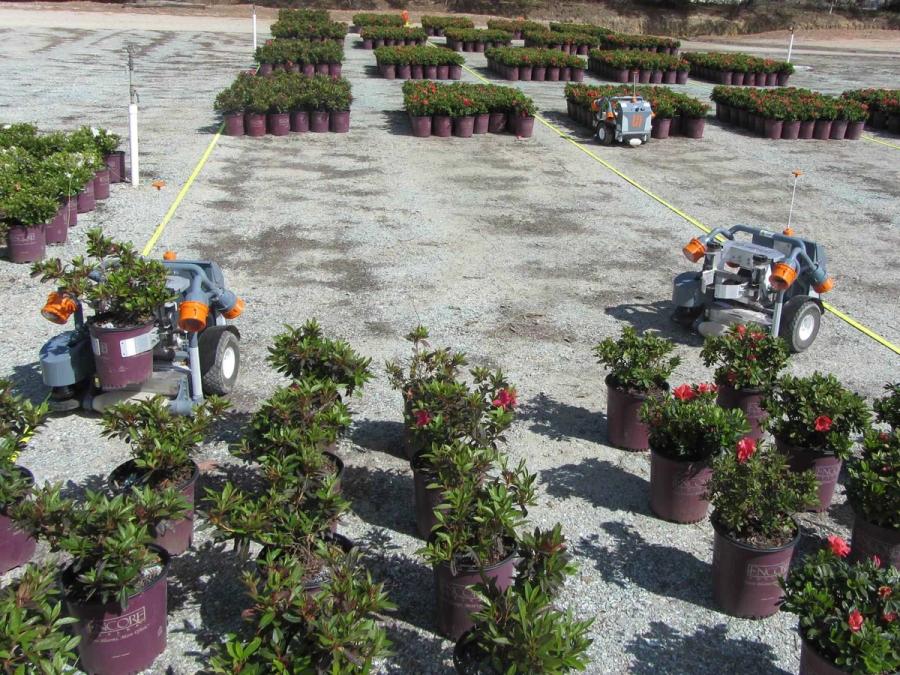
Specs
- Overview
Capable of operating alone or in teams. Maximum payload of 10 kg (22 lb).
- Status
Unknown
- Year
2012
- Website
- Width
- 58.4 cm
- Height
- 53 cm
- Length
- 58.4 cm
- Weight
- 38.5 kg
- Speed
- 7.2 km/h
- Sensors
Forward-looking laser range finder (for locating potted plants and obstacles). Four downward looking boundary sensors (for finding the edge of the growing bed). Gyro and wheel encoders (for dead reckoning navigation).
- Actuators
Two drive wheel motors, one manipulator motor, one gripper motor.
- Degrees of Freedom (DoF)
- 4 (Drive system: 2 DoF; Manipulator/gripper: 2 DoF)
- Materials
Aluminum and steel.
- Compute
ARM CPU plus peripheral processors for certain sensors.
- Software
Linux plus custom software.
- Power
Two 24-V lithium-ion batteries, 4 hours of operation.
- Cost
- $30,000 (base price per robot)

